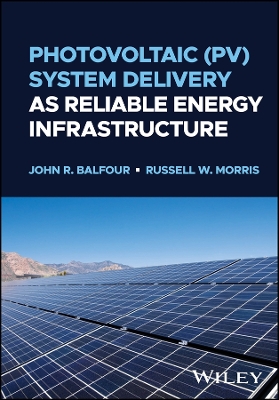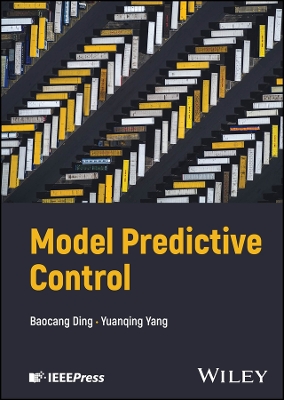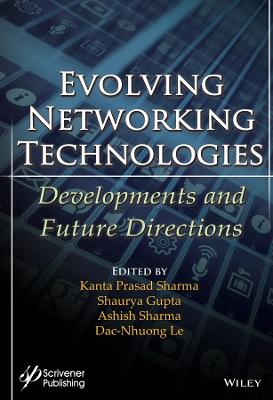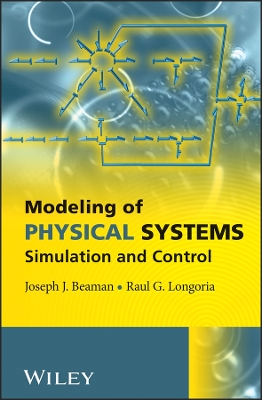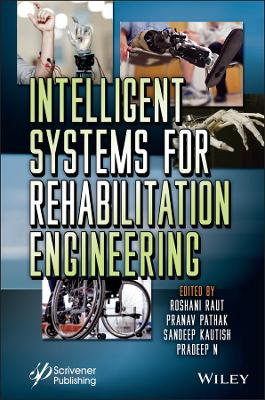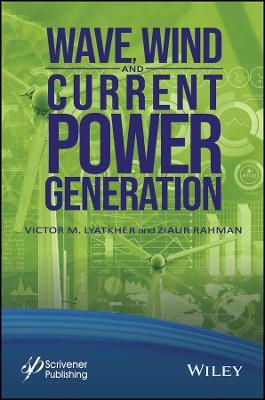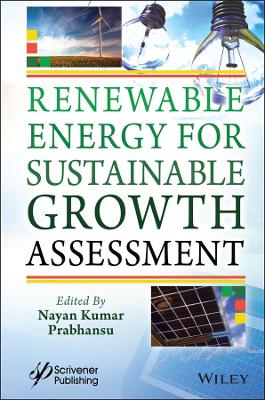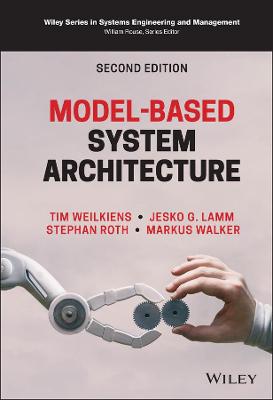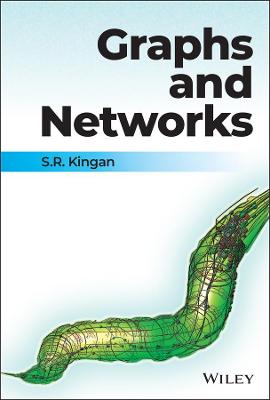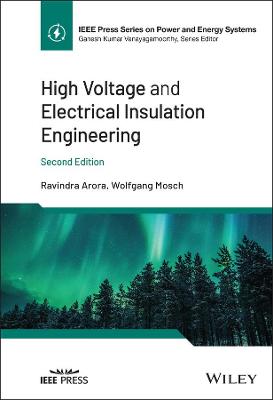Introduction to Electromagnetic Compatibility
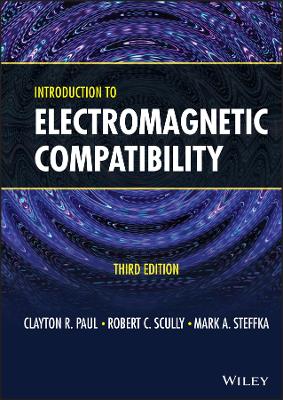 -15%
portes grátis
-15%
portes grátis
Introduction to Electromagnetic Compatibility
Scully, Robert C.; Paul, Clayton R.; Steffka, Mark A.
John Wiley & Sons Inc
11/2022
848
Dura
Inglês
9781119404347
15 a 20 dias
666
1 Introduction to Electromagnetic Compatibility (EMC) 1
1.1 Aspects of EMC 2
1.2 Electrical Dimensions and Waves 9
1.3 Decibels and Common EMC Units 16
1.4 Summary 30
2 EMC Requirements for Electronic Systems 35
2.1 Governmental Requirements 36
2.2 Additional Product Requirements 62
2.3 Design Constraints for Products 63
2.4 Advantages of EMC Design 64
3 Signal Spectra--the Relationship between the Time Domain and the Frequency Domain 71
3.1 Periodic Signals 71
3.2 Spectra of Digital Waveforms 93
3.3 Spectrum Analyzers 113
3.4 Representation of Nonperiodic Waveforms 118
3.5 Representation of Random (Data) Signals 121
4 Transmission Lines and Signal Integrity 133
4.1 The Transmission-Line Equations 136
4.2 The Per-Unit-Length Parameters 139
4.3 The Time-Domain Solution 155
4.4 High-Speed Digital Interconnects and Signal Integrity 170
4.5 Sinusoidal Excitation of the Line and the Phasor Solution 192
4.6 Lumped-Circuit Approximate Models 210
5 Nonideal Behavior of Components 221
5.1 Wires 222
5.2 Printed Circuit Board (PCB) Lands 232
5.3 Effect of Component Leads 235
5.4 Resistors 237
5.5 Capacitors 243
5.6 Inductors 251
5.7 Ferromagnetic Materials--Saturation and Frequency Response 255
5.8 Ferrite Beads 258
5.9 Common-Mode Chokes 261
5.10 Electromechanical Devices 264
5.11 Digital Circuit Devices 269
5.12 Effect of Component Variability 270
5.13 Mechanical Switches 270
6 Conducted Emissions and Susceptibility 287
6.1 Measurement of Conducted Emissions 288
6.2 Power Supply Filters 294
6.3 Power Supplies 310
6.4 Power Supply and Filter Placement 319
6.5 Conducted Susceptibility 321
7 Antennas 325
7.1 Elemental Dipole Antennas 325
7.2 The Half-Wave Dipole and Quarter-Wave Monopole Antennas 332
7.3 Antenna Arrays 342
7.4 Characterization of Antennas 349
7.5 The FRIIs Transmission Equation 365
7.6 Effects of Reflections 368
7.7 Broadband Measurement Antennas 381
7.8 Antenna Modeling and Simulation 388
8 Radiated Emissions and Susceptibility 397
8.1 Simple Emission Models for Wires and PCB Lands 398
8.2 Simple Susceptibility Models for Wires and PCB Lands 423
9 Crosstalk 445
9.1 Three-Conductor Transmission Lines and Crosstalk 446
9.2 The Transmission-Line Equations for Lossless Lines 449
9.3 The Per-Unit-Length Parameters 452
9.4 The Inductive--Capacitive Coupling Approximate Model 476
9.5 Shielded Wires 500
9.6 Twisted Wires 529
10 Shielding 557
10.1 Shielding Effectiveness 561
10.2 Shielding Effectiveness: Far-Field Sources 563
10.3 Shielding Effectiveness: Near-Field Sources 576
10.4 Low-Frequency, Magnetic Field Shielding 581
10.5 Effects of Apertures 585
11 System Design for EMC 593
11.1 Changing the Way we Think About Electrical Phenomena 597
11.2 What do we Mean by the Term "Ground" 605
11.3 Printed Circuit Board (PCB) Design 636
11.4 System Configuration and Design 655
11.5 Diagnostic Tools 672
Appendix A The Phasor Solution Method 683
A.1 Solving Differential Equations for their Sinusoidal, Steady-State Solution 683
A.2 Solving Electric Circuits for Their Sinusoidal, Steady-State Response 687
Appendix B The Electromagnetic Field Equations and Waves 693
B.1 Vector Analysis 694
B.2 Maxwell's Equations 701
B.3 Boundary Conditions 720
B.4 Sinusoidal Steady State 724
B.5 Power Flow 725
B.6 Uniform Plane Waves 726
B.7 Static (DC) Electromagnetic Field Relations--a Special Case 741
Appendix C Computer Codes for Calculating the Per-Unit-Length (PUL) Parameters and Crosstalk of Multiconductor Transmission Lines 753
C.1 WIDESEP.FOR for Computing the PUL Parameter Matrices of Widely Spaced Wires 754
C.2 RIBBON.FOR for Computing the PUL Parameter Matrices of Ribbon Cables 758
C.3 PCB.FOR for Computing The PUL Parameter Matrices of Printed Circuit Boards 760
C.4 MSTRP.FOR for Computing the PUL Parameter Matrices of Coupled Microstrip Lines 761
C.5 STRPLINE.FOR for Computing the PUL Parameter Matrices of Coupled Striplines 762
Appendix D A Spice (PSPICE, LTSPICE, etc.) Tutorial and Applications Guide 765
D.1 Creating a Spice or Pspice Simulation 766
D.2 Creating an Ltspice Simulation 777
D.3 Lumped-Circuit Approximate Models 785
D.4 An Exact Spice (Pspice) Model for Lossless, Coupled Lines 788
D.5 Use of Spice (Pspice) in Fourier Analysis 805
D.6 Spicemtl.For for Computing a Spice (Pspice) Subcircuit Model of a Lossless, Multiconductor Transmission Line 815
D.7 Spicelpi.For for Computing a Spice (Pspice) Subcircuit of a Lumped-Pi Model of a Lossless, Multiconductor Transmission Line 817
Problems 818
References 820
Appendix E A Brief History of Electromagnetic Compatibility 823
E.1 History of EMC 823
E.2 Examples 825
Index 827
1 Introduction to Electromagnetic Compatibility (EMC) 1
1.1 Aspects of EMC 2
1.2 Electrical Dimensions and Waves 9
1.3 Decibels and Common EMC Units 16
1.4 Summary 30
2 EMC Requirements for Electronic Systems 35
2.1 Governmental Requirements 36
2.2 Additional Product Requirements 62
2.3 Design Constraints for Products 63
2.4 Advantages of EMC Design 64
3 Signal Spectra--the Relationship between the Time Domain and the Frequency Domain 71
3.1 Periodic Signals 71
3.2 Spectra of Digital Waveforms 93
3.3 Spectrum Analyzers 113
3.4 Representation of Nonperiodic Waveforms 118
3.5 Representation of Random (Data) Signals 121
4 Transmission Lines and Signal Integrity 133
4.1 The Transmission-Line Equations 136
4.2 The Per-Unit-Length Parameters 139
4.3 The Time-Domain Solution 155
4.4 High-Speed Digital Interconnects and Signal Integrity 170
4.5 Sinusoidal Excitation of the Line and the Phasor Solution 192
4.6 Lumped-Circuit Approximate Models 210
5 Nonideal Behavior of Components 221
5.1 Wires 222
5.2 Printed Circuit Board (PCB) Lands 232
5.3 Effect of Component Leads 235
5.4 Resistors 237
5.5 Capacitors 243
5.6 Inductors 251
5.7 Ferromagnetic Materials--Saturation and Frequency Response 255
5.8 Ferrite Beads 258
5.9 Common-Mode Chokes 261
5.10 Electromechanical Devices 264
5.11 Digital Circuit Devices 269
5.12 Effect of Component Variability 270
5.13 Mechanical Switches 270
6 Conducted Emissions and Susceptibility 287
6.1 Measurement of Conducted Emissions 288
6.2 Power Supply Filters 294
6.3 Power Supplies 310
6.4 Power Supply and Filter Placement 319
6.5 Conducted Susceptibility 321
7 Antennas 325
7.1 Elemental Dipole Antennas 325
7.2 The Half-Wave Dipole and Quarter-Wave Monopole Antennas 332
7.3 Antenna Arrays 342
7.4 Characterization of Antennas 349
7.5 The FRIIs Transmission Equation 365
7.6 Effects of Reflections 368
7.7 Broadband Measurement Antennas 381
7.8 Antenna Modeling and Simulation 388
8 Radiated Emissions and Susceptibility 397
8.1 Simple Emission Models for Wires and PCB Lands 398
8.2 Simple Susceptibility Models for Wires and PCB Lands 423
9 Crosstalk 445
9.1 Three-Conductor Transmission Lines and Crosstalk 446
9.2 The Transmission-Line Equations for Lossless Lines 449
9.3 The Per-Unit-Length Parameters 452
9.4 The Inductive--Capacitive Coupling Approximate Model 476
9.5 Shielded Wires 500
9.6 Twisted Wires 529
10 Shielding 557
10.1 Shielding Effectiveness 561
10.2 Shielding Effectiveness: Far-Field Sources 563
10.3 Shielding Effectiveness: Near-Field Sources 576
10.4 Low-Frequency, Magnetic Field Shielding 581
10.5 Effects of Apertures 585
11 System Design for EMC 593
11.1 Changing the Way we Think About Electrical Phenomena 597
11.2 What do we Mean by the Term "Ground" 605
11.3 Printed Circuit Board (PCB) Design 636
11.4 System Configuration and Design 655
11.5 Diagnostic Tools 672
Appendix A The Phasor Solution Method 683
A.1 Solving Differential Equations for their Sinusoidal, Steady-State Solution 683
A.2 Solving Electric Circuits for Their Sinusoidal, Steady-State Response 687
Appendix B The Electromagnetic Field Equations and Waves 693
B.1 Vector Analysis 694
B.2 Maxwell's Equations 701
B.3 Boundary Conditions 720
B.4 Sinusoidal Steady State 724
B.5 Power Flow 725
B.6 Uniform Plane Waves 726
B.7 Static (DC) Electromagnetic Field Relations--a Special Case 741
Appendix C Computer Codes for Calculating the Per-Unit-Length (PUL) Parameters and Crosstalk of Multiconductor Transmission Lines 753
C.1 WIDESEP.FOR for Computing the PUL Parameter Matrices of Widely Spaced Wires 754
C.2 RIBBON.FOR for Computing the PUL Parameter Matrices of Ribbon Cables 758
C.3 PCB.FOR for Computing The PUL Parameter Matrices of Printed Circuit Boards 760
C.4 MSTRP.FOR for Computing the PUL Parameter Matrices of Coupled Microstrip Lines 761
C.5 STRPLINE.FOR for Computing the PUL Parameter Matrices of Coupled Striplines 762
Appendix D A Spice (PSPICE, LTSPICE, etc.) Tutorial and Applications Guide 765
D.1 Creating a Spice or Pspice Simulation 766
D.2 Creating an Ltspice Simulation 777
D.3 Lumped-Circuit Approximate Models 785
D.4 An Exact Spice (Pspice) Model for Lossless, Coupled Lines 788
D.5 Use of Spice (Pspice) in Fourier Analysis 805
D.6 Spicemtl.For for Computing a Spice (Pspice) Subcircuit Model of a Lossless, Multiconductor Transmission Line 815
D.7 Spicelpi.For for Computing a Spice (Pspice) Subcircuit of a Lumped-Pi Model of a Lossless, Multiconductor Transmission Line 817
Problems 818
References 820
Appendix E A Brief History of Electromagnetic Compatibility 823
E.1 History of EMC 823
E.2 Examples 825
Index 827

